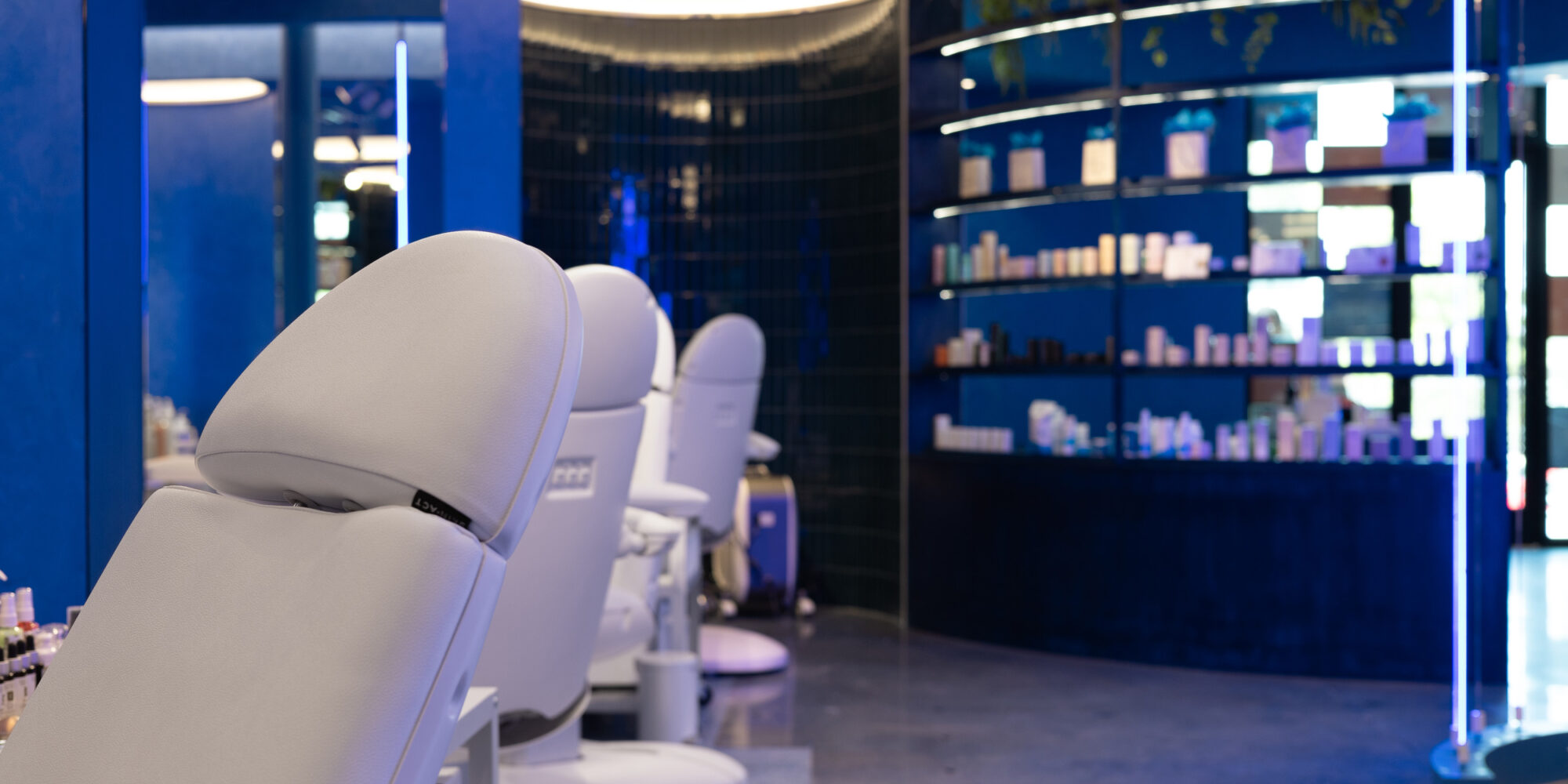
Hi, Skin Leans Into Customization And Expansion To Stand Out In A Crowded Facial Bar Segment
Hi, Skin is waving hello to big growth in 2024.
The facial chain plans to more than double its skin studio footprint by the end of this year as it breaks into new markets. Hi, Skin currently operates five locations in Arizona and Texas, and its 2024 expansion is expected to include two units in Washington D.C., one unit in Fairfax, Va., one in Las Vegas and two units in Houston, where it already has two locations.
“We’re getting closer and closer to what our demographic is, which is a younger, vibrant, somewhat affluent demographic of people in a very dense area,” says Mark Elias, CEO of Hi, Skin. “That’s really what we’re trying to focus on.”
Moving forward, Hi, Skin aims to open 10 to 12 units a year as it travels from coast to coast. Next up on its location wishlist are Charleston, Raleigh and Charlotte. Los Angeles, Dallas, Austin, San Antonio, Denver and New York along with cities in Florida are also on its radar. Hi, Skin typically plants a flagship studio in a city it believes can later support multiple locations and clusters units in regions once awareness and demand are stoked.
Hi, Skin’s real estate brokerage firm Shop Companies plays a pivotal role in steering the company’s location strategy. The Dallas-based firm works with other professional skincare service businesses Skin Laundry and Glo30 as well as national retail brands Philosophy, Sprouts, West Elm and Shake Shack. On average, Hi, Skin locations are 1,500 square feet. They have an open-floor concept.
Elias positions Hi, Skin as a “new spa” that amalgamates service elements customary at traditional spas, facial bars and med-spas. “If you look at our menu, it may seem like there’s not really a lot to offer,” he says. “I like to call our method the Apple method. We really try to take everything that’s out there and offer it in a very simple way.”
Hi, Skin’s 60-minute facial called The Better Facial are priced at $140 for non-members and $110 for members. An express 30-minute version called The Better Mini premiered on its menu on April 1 in response to client interest in faster services. The Better Mini is priced at $59 for first timers and $69 for subsequent visits for members and $79 for non-members.
Hi, Skin clients can supercharge their facials with booster services like dermaplaning, microdermabrasion, ultrasound and serum infusions priced from $65 to $115 for non-members and $45 to $95 for members. Dermaplaning, toning, lifting and sculpting are clients’ top requests.
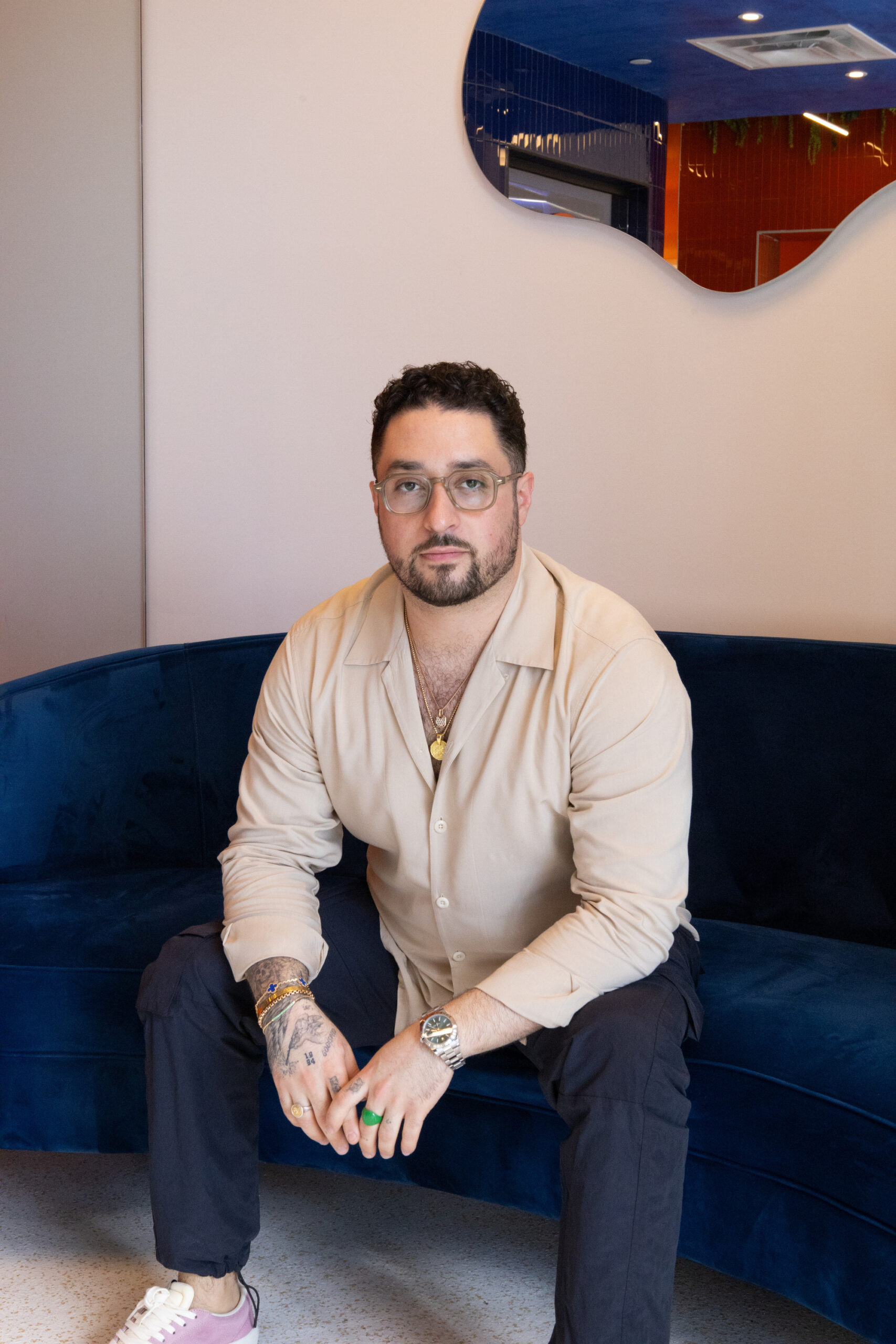
Injectables were introduced at Hi, Skin last December and account for roughly 5% of sales. Botox syringes are priced at $12 per unit for drop-ins and $10 per unit for members. Filler treatments start at $275 for drop-ins and $250 for members. Elias says that small preventative treatments like lip flips and baby Botox are trending with Hi, Skin customers, who are largely between 24 and 35 years old.
An important differentiator for Hi, Skin, nearly every aspect of its services are customized, from the specific aestheticians assigned to clients to the boosters and products used during treatments. Elias says, “The ideal Hi, Skin client would be someone who is engaging with either the 30-minute or 60-minute service, depending on what their skin needs at that specific time, and then tying it in with more of a preventative lower range realm of injectables.”
Product sales account for close to 30% of Hi, Skin’s business. Its assortment contains the beauty brands 27 Rosiers, Berlin Skin, HoliFrog, Lilfox, Leland Francis and Odacité. Hi, Skin vets brands for ingredient safety and effectiveness. Elias notes its aestheticians emphasize benefits of keeping an at-home post-facial routine to clients without pushing products too hard.
“A facial is only going to cover 5% of the journey. The other 95% is going to be the repetitive care that you’re using at home,” he says. “So, if you’re not educating your clients and getting them to understand why those products should be used at home, then, in my opinion, you’re not really doing what you advertise as being skincare experts.”
Elias’s beauty ventures began prior to Hi, Skin. In 2018, he introduced nail salon and waxing concept Cure in El Paso before enlarging it with a second location in Phoenix. Elias says he realized the nail industry was too crowded to take Cure national, and he sold Cure in 2020 before pivoting to facials, the only growing part of its business at the time. Inspired by the emergence of facial bars like FaceGym and Heyday and sensing there was greater opportunity in the segment, Elias launched Hi, Skin in Phoenix in 2019.
Today, Hi, Skin performs about 700 facials a week across its skin studio network. Its memberships have been increasing roughly 20% a year. The company offers two membership tiers: The Better Membership for $109 a month, which includes one Better Facial, $20 off boosters and 10% off products purchased, and The Better Mini Membership for $69 a month.
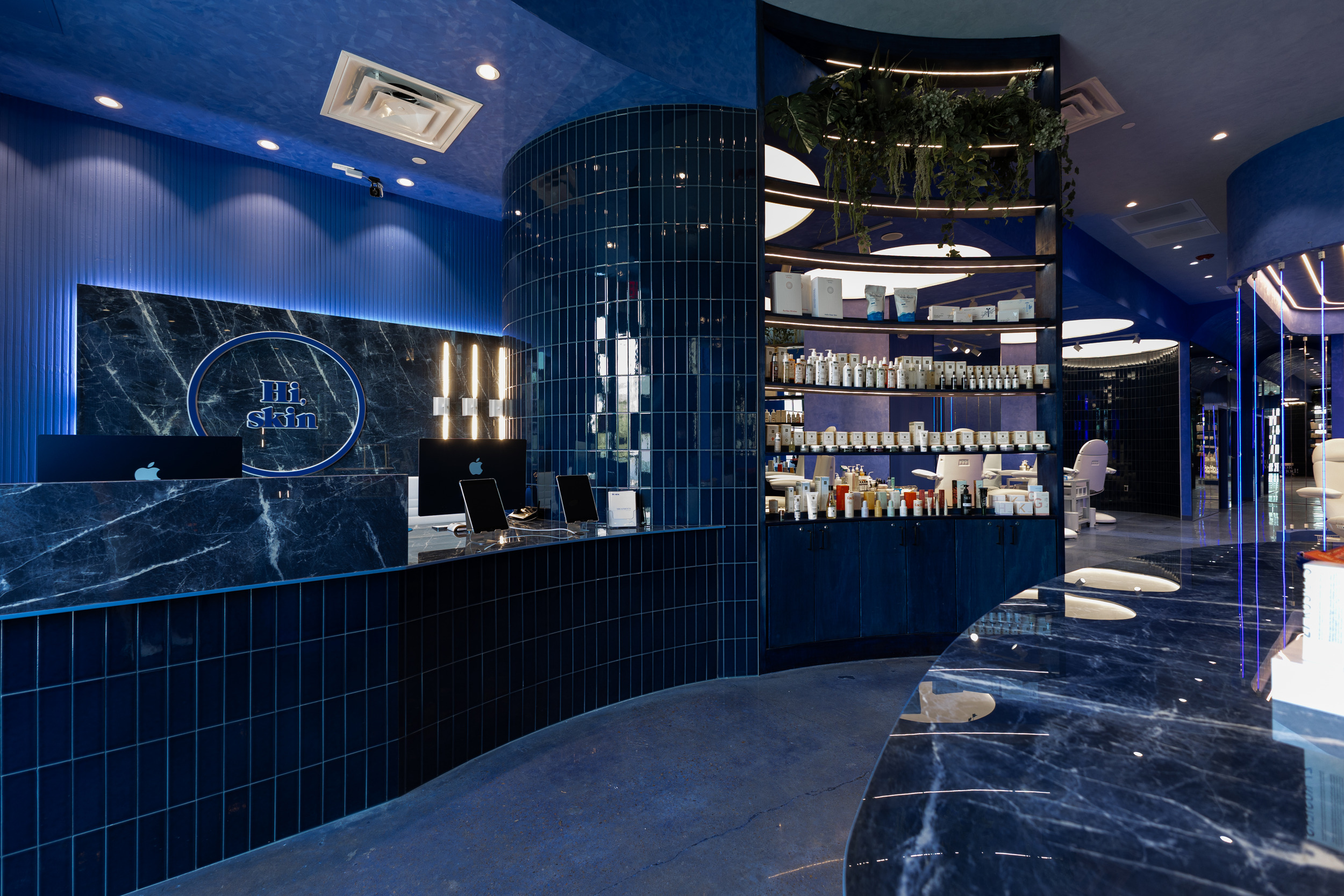
Hi, Skin discloses that its revenues doubled between 2022 and 2023 as its door count mounted. The company divulges it’s raised $10 million in private funding since its launch. Its team spans six corporate employees and about 65 aestheticians and studio employees. Elias says each Hi, Skin location is profitable.
The professional skin service sector in the United States is charging ahead with private equity investments and franchise models fueling expansion. As competition rages and choices multiply, Elias predicts customers will pull back from badly managed franchised spas.
“It’s an extreme dilution of quality of service. You’re selling to franchisees that have no idea what skincare is and have no idea about anything behind the business,” he says. “Consumers are getting smarter and smarter at a much younger age. I think that you’re going to see a lot of clients start to engage with those brands less and less.”
Elias adds, “When it comes to brands like Hi, Skin, Glowbar and Formula Fig, as long as we focus on making sure that all of our locations feel unique, that they serve our clientele and that we don’t get that really corporate feel, I think we are the ones that are going to survive.”
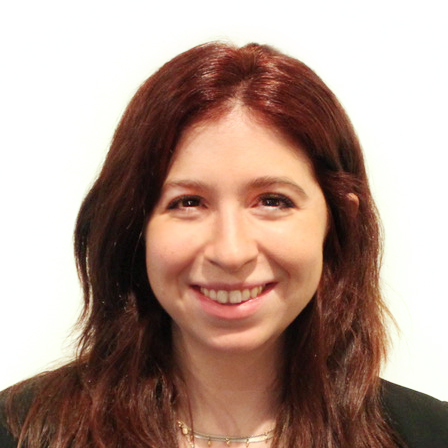
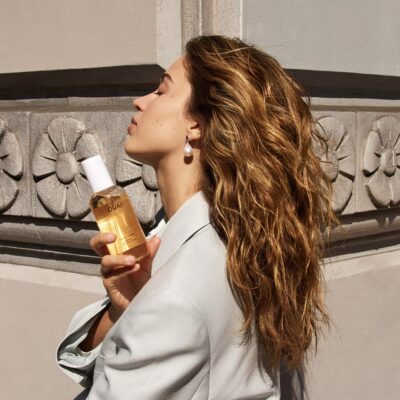

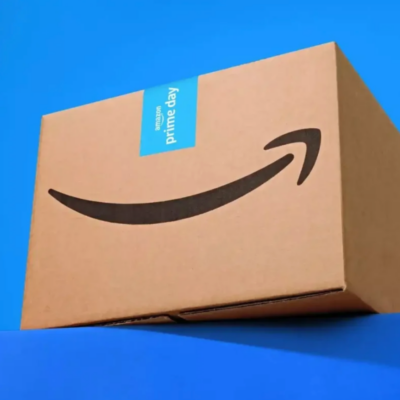

Leave a Reply
You must be logged in to post a comment.